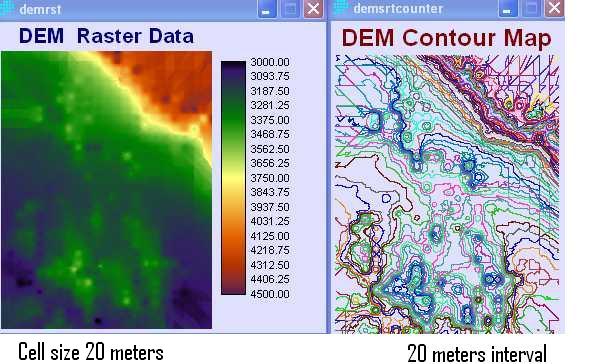
| Home |
Study
Design and Hypothesis |
Research
Background |
Data Sources |
| Methodology |
Spatial
Analysis |
Conclusion |
Problems
and Discussion |

 Previous
Home
Next
Previous
Home
Next